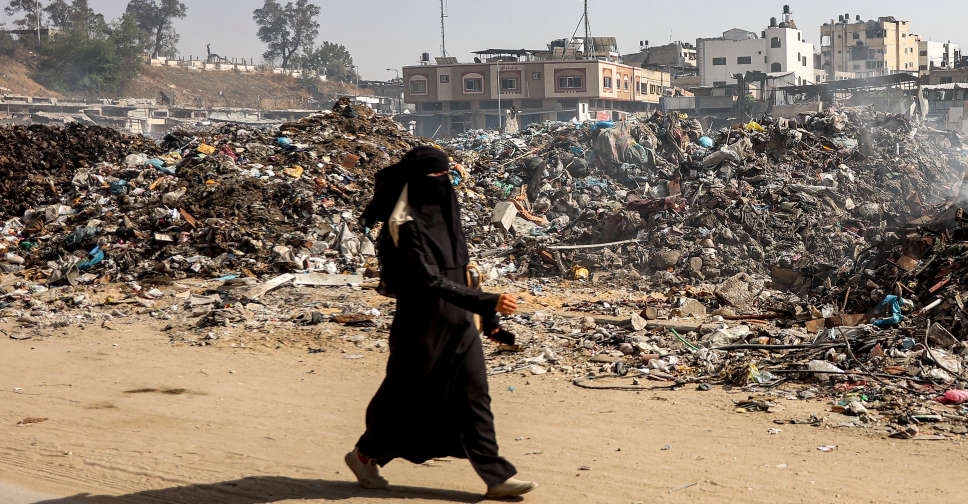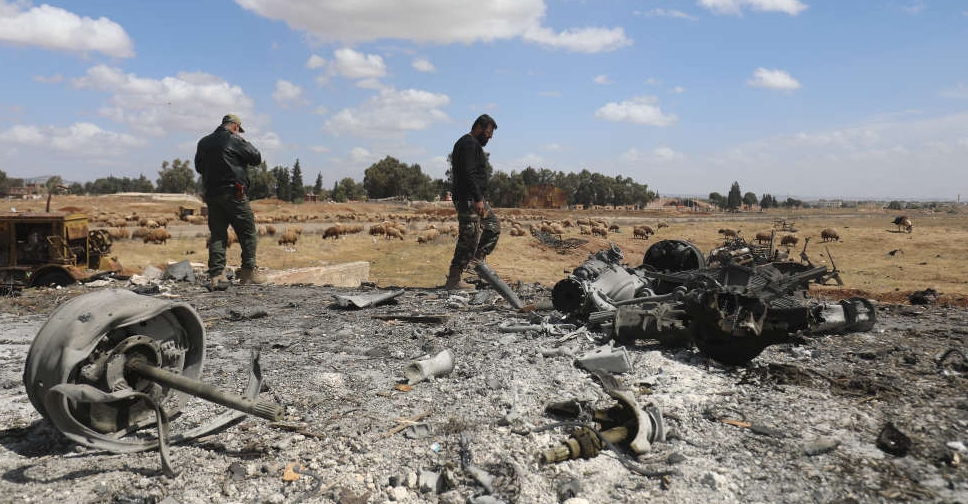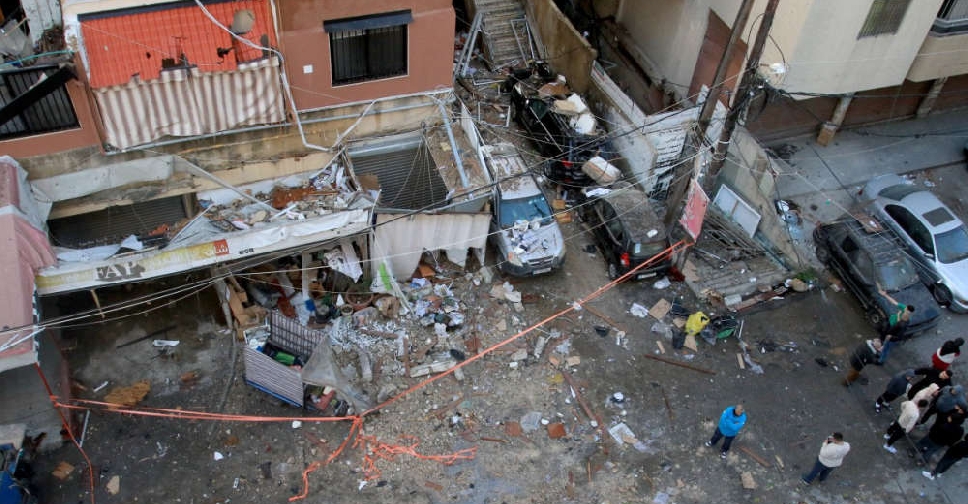
The conflict in Gaza has created unprecedented soil, water and air pollution in the region, destroying sanitation systems and leaving tons of debris from explosive devices, a United Nations report on the environmental impact of the war said on Tuesday.
The war between Israel and Hamas, has swiftly reversed limited progress in improving the region's water desalination and wastewater treatment facilities, restoring the Wadi Gaza coastal wetland, and investments in solar power installations, according to a preliminary assessment from the UN Environment Programme (UNEP).
Explosive weapons have generated some 39 million tons of debris, the report said. Each square metre of the Gaza Strip is now littered with more than 107 kilograms of debris. That is more than five times the debris generated during the battle for Mosul, Iraq, in 2017, the report said.
"All of this is deeply harming people's health, food security and Gaza's resilience," said UNEP Executive Director Inger Andersen.
Gaza's environment was already suffering from recurring conflicts, rapid urban growth, and high population density, before the most recent conflict began on Oct. 7.
The UN assessment adds to concerns about the unfolding humanitarian crisis and the environmental costs of war, with Ukraine also recording widespread ecological damage over the past two years.
"Understanding the environmental impacts of war is a grand challenge of our time," said Eoghan Darbyshire, a senior researcher at the UK-based nonprofit Conflict and Environment Observatory. "The impacts will not only be felt locally where the fighting is taking place, but may be displaced or even felt at the global scale via greenhouse gas emissions."
BASIC SANITATION SYSTEMS DESTROYED
The UN assessment stems from a December 2023 request from the Palestinian Environment Quality Authority for UNEP to take stock of environmental damages. UNEP is mandated to assist countries with pollution mitigation and control in areas affected by armed conflict or terrorism.
Due to security concerns and access restrictions, the UN used remote sensing surveys and data from Palestinian technical entities, as well as damage assessments from the World Bank, in their report. Ground measurements, however, would be critical to understand the extent of soil and water pollution, Darbyshire said.
Water, sanitation, and hygiene systems are now almost entirely defunct, the report found, with Gaza's five wastewater treatment plants shut down. Israel's long-term occupation had already posed major environmental challenges in the Palestinian territories with regards to water quality and availability, according to a 2020 report by the UN Development Programme.
Over 92% of water in the Gaza Strip was then deemed unfit for human consumption.
The Gaza Strip had one of the highest densities of rooftop solar panels in the world, with the US-based Centre for Strategic and International Studies estimating in 2023 some 12,400 rooftop solar systems. But Israel has since destroyed a large proportion of Gaza's burgeoning solar infrastructure, and broken panels can leak lead and heavy metal contaminants into the soil.
Since a week-long truce in November, repeated attempts to arrange a ceasefire have failed, with Hamas insisting on a permanent end to the war and full Israeli withdrawal from Gaza. Israeli Prime Minister Benjamin Netanyahu refuses to end the war before Hamas is eradicated and the hostages seized by Hamas militants during the Oct. 7 attack on southern Israel that triggered the war are freed.
Looking at the scale of environmental destruction, "it is my opinion that large areas of Gaza will not be recovered to a safe state within a generation, even with limitless finance and will," said Darbyshire.



 Trump fires National Security Agency director
Trump fires National Security Agency director
 Israel steps up Syria strikes, says Turkey aims for 'protectorate'
Israel steps up Syria strikes, says Turkey aims for 'protectorate'
 US sending Israel 20,000 assault rifles that Biden delayed
US sending Israel 20,000 assault rifles that Biden delayed
 Israel says it killed a Hamas commander in Lebanon
Israel says it killed a Hamas commander in Lebanon



